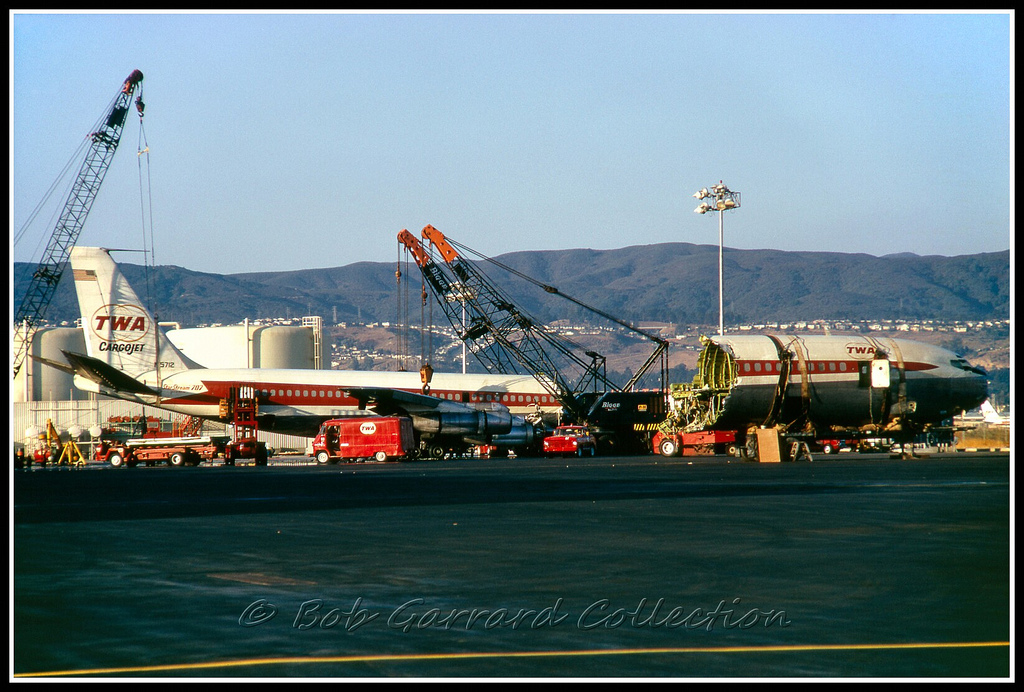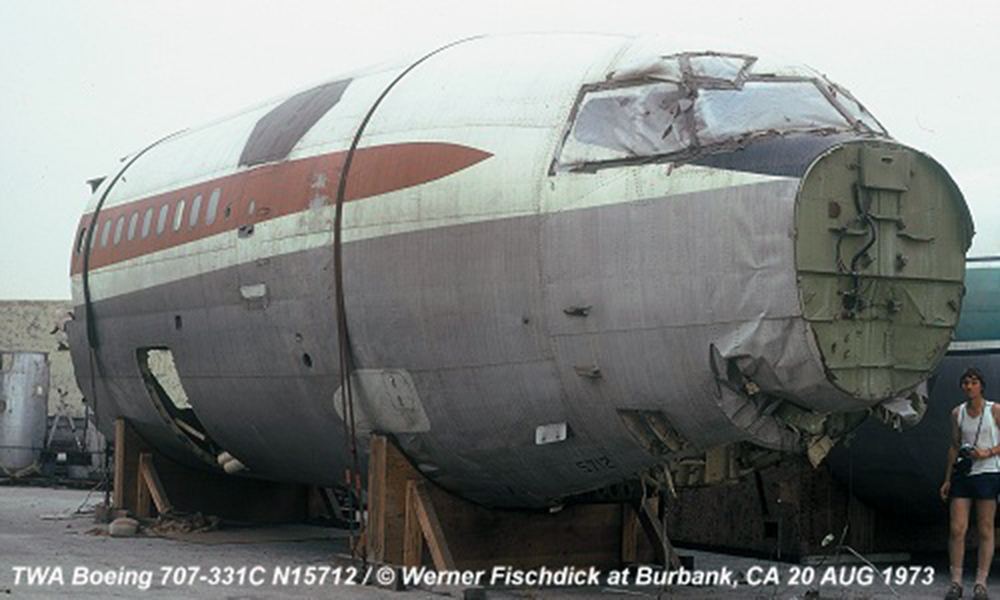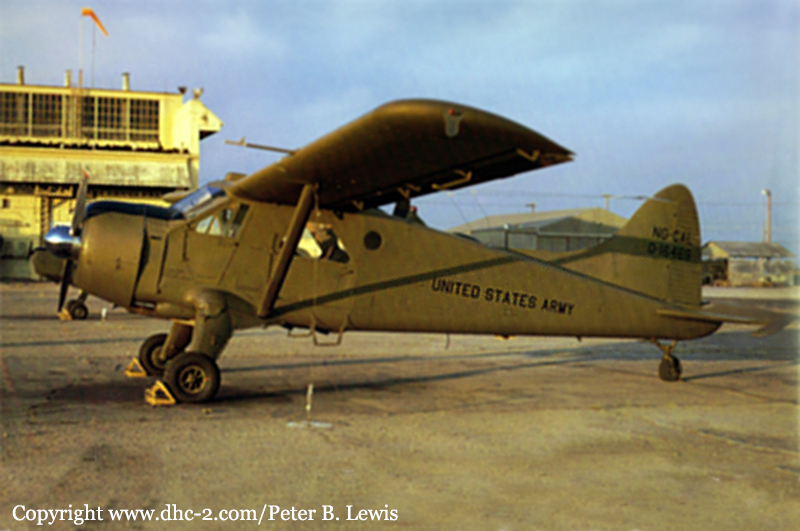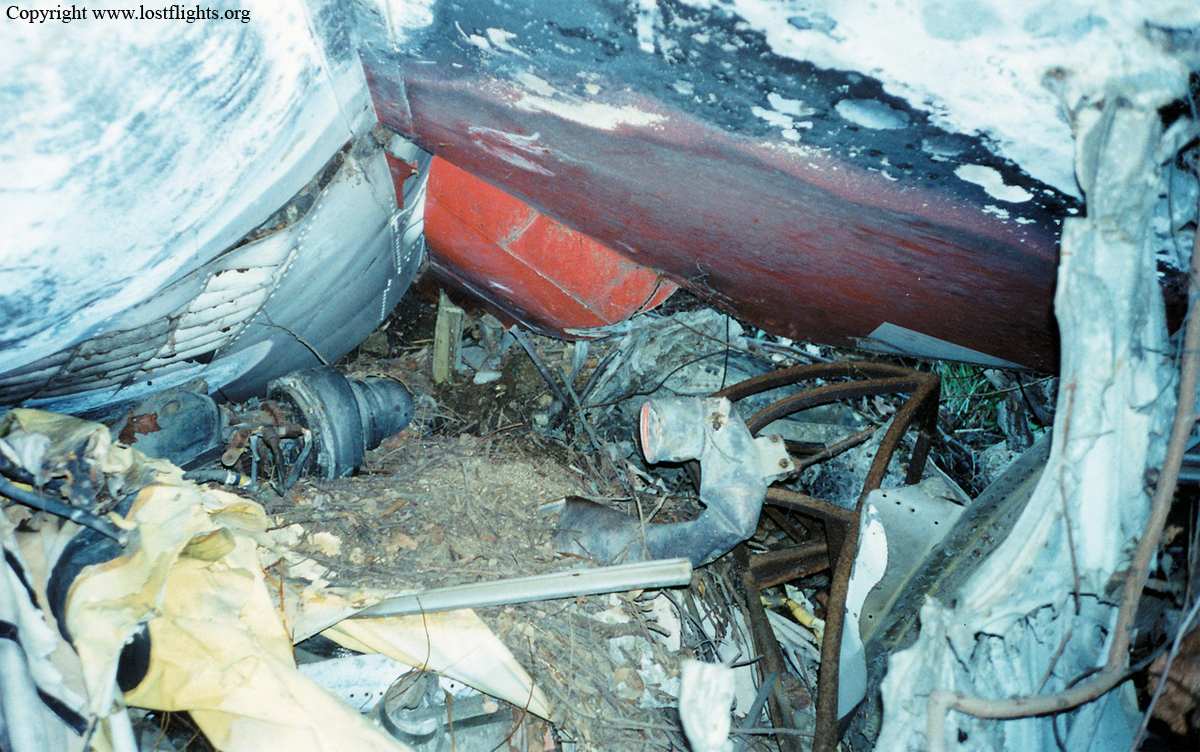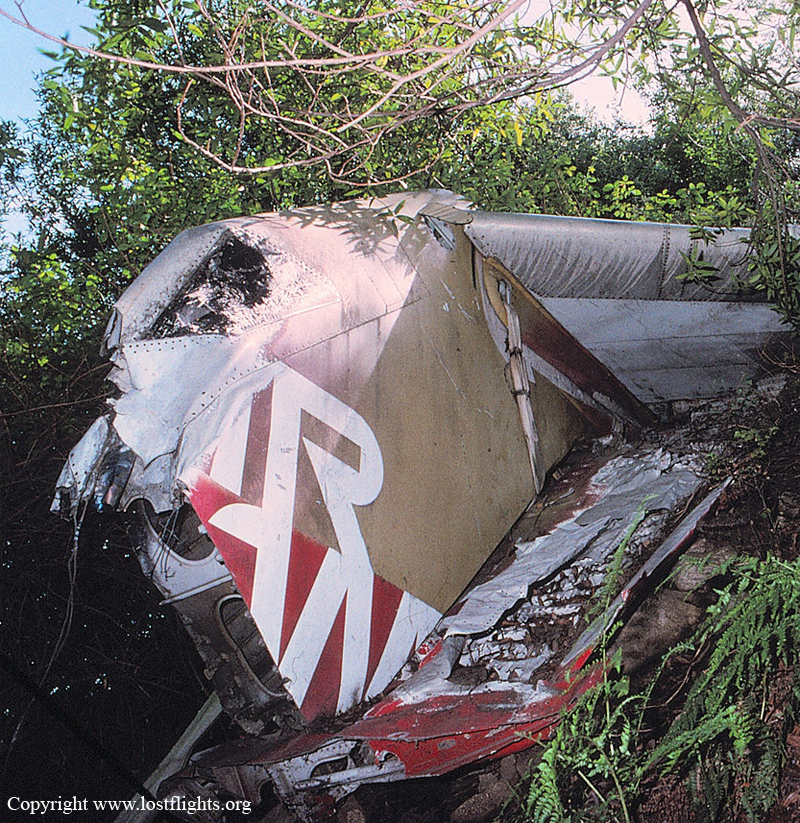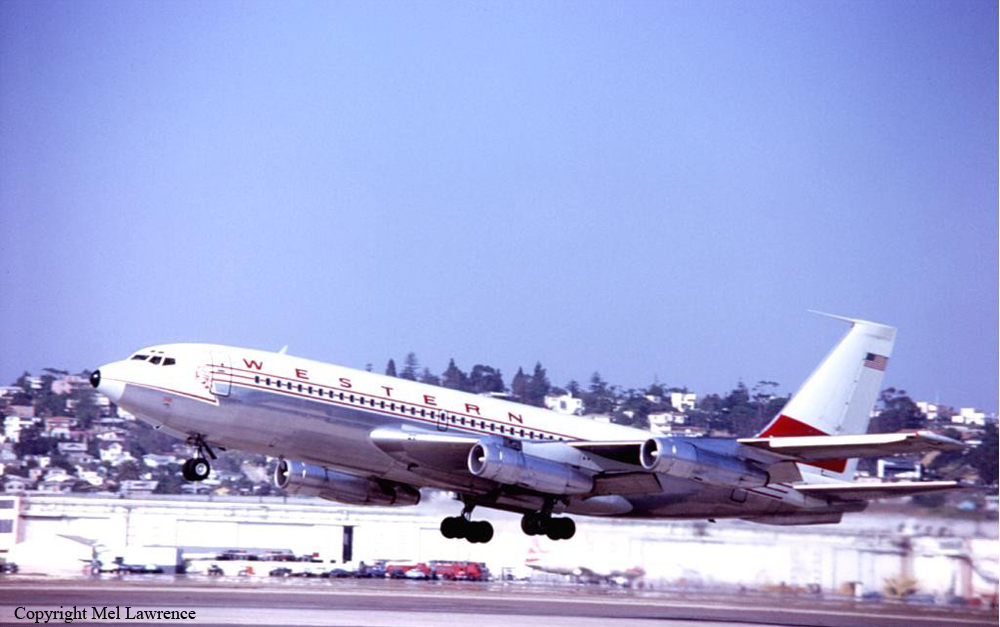Crash of a Boeing 707-331C in San Francisco
Date & Time:
Sep 13, 1972 at 2243 LT
Registration:
N15712
Survivors:
Yes
Schedule:
San Francisco - New York
MSN:
20068/814
YOM:
1969
Flight number:
TW604
Crew on board:
3
Crew fatalities:
Pax on board:
0
Pax fatalities:
Other fatalities:
Total fatalities:
0
Captain / Total hours on type:
3401.00
Copilot / Total hours on type:
320
Aircraft flight hours:
9424
Circumstances:
During the takeoff roll on runway 01R at San Francisco Airport, after the V1 speed was reach, the crew noticed vibrations while the aircraft started to slow down. The captain decided to abort the takeoff but unable to stop within the remaining runway, the airplane overran, lost its nose gear and engine n°2 before coming to rest in the San Francisco Bay, broken in two. All three crew members were evacuated safely while the aircraft was damaged beyond repair.
Probable cause:
The initiation of rejected takeoff procedures, beyond V1 speed, with insufficient runway remaining in which to stop the aircraft. The crew action was prompted by the failure of the two right truck rear tires which produced a noticeable aircraft vibration and a reduction in aircraft acceleration.
Final Report:
